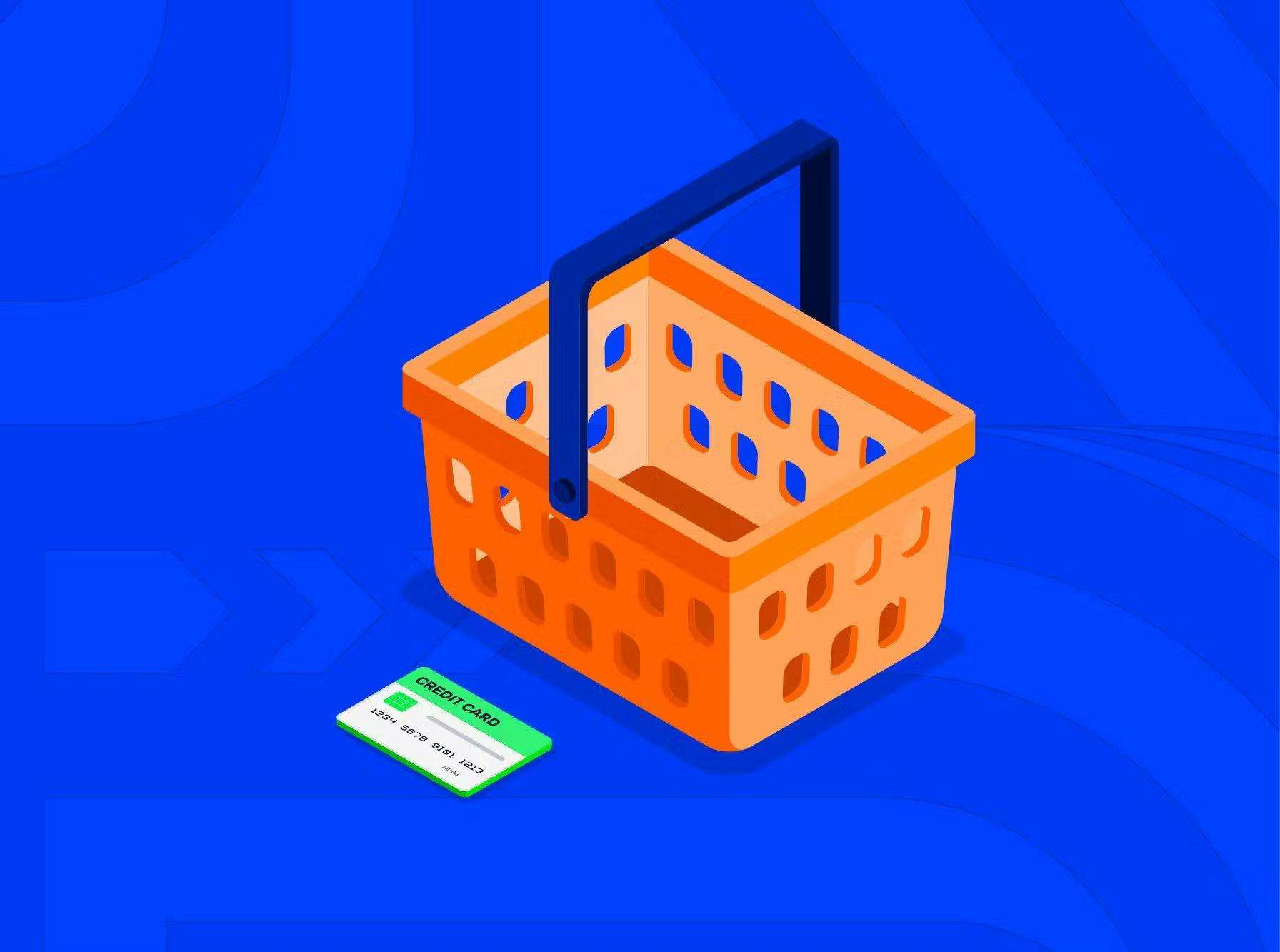Opening a high-risk account is no picnic. Besides, fees may literally go through the roof, so you’ll have to dig deep into your pockets to cover all of them. The good news is that accepting card payments is possible without headaches. More and more merchants choose to work with payment processing platforms instead of contacting acquiring banks directly.
A payment provider acts as a middleman between a seller and a bank. It takes all the responsibility for accepting and processing transactions as well as monitors them in real time to spot any suspicious operations.
Finding a reliable payment provider might be challenging, especially the one that knows the ropes in the high-risk industry. Luckily, Tranzzo is here to help you out. We provide high-risk merchants with top-notch solutions to streamline their business performance. All we ask is to meet our requirements. There are some industries we don’t work with. Follow the link to check them out.
Security is our guiding light. Tranzzo complies with the highest level of the PCI DSS standards so your clients can feel safe when shopping on your site. And of course, you don’t need to obtain a certificate yourself as we process all the transactions. Tranzzo also exploits a three-level anti-fraud system, 3DS and CVV-check to ward fraudsters off.
Our clients can add recurring billing, card payments, Apple Pay, Google Pay, Telegram Pay, online invoicing and other payment methods to their sites. And that is without hidden commissions, set-up cost and sky-high monthly fees.
We ask sellers to pay a certain commission per transaction. For high-risk merchants, it is higher than for regular ones. But rest assured that we put a premium on providing transparency to our clients. So, you’re welcome to discuss our pricing plans and requirements before signing up. Get ahold of us, and we’ll consult you about anything in between.



 Most Popular Payment Methods in the World: Analysis by Markets
Most Popular Payment Methods in the World: Analysis by Markets How to Increase Conversions in an Online Store with a Checkout Page
How to Increase Conversions in an Online Store with a Checkout Page How Tranzzo Simplified the Payment Process for Tickets.ua
How Tranzzo Simplified the Payment Process for Tickets.ua Integrating Multiple Payment Methods: Challenges and Solutions
Integrating Multiple Payment Methods: Challenges and Solutions Abandoned Shopping Carts: Why Businesses Lose Revenue and How to Increase the Number of Successful Payments
Abandoned Shopping Carts: Why Businesses Lose Revenue and How to Increase the Number of Successful Payments

